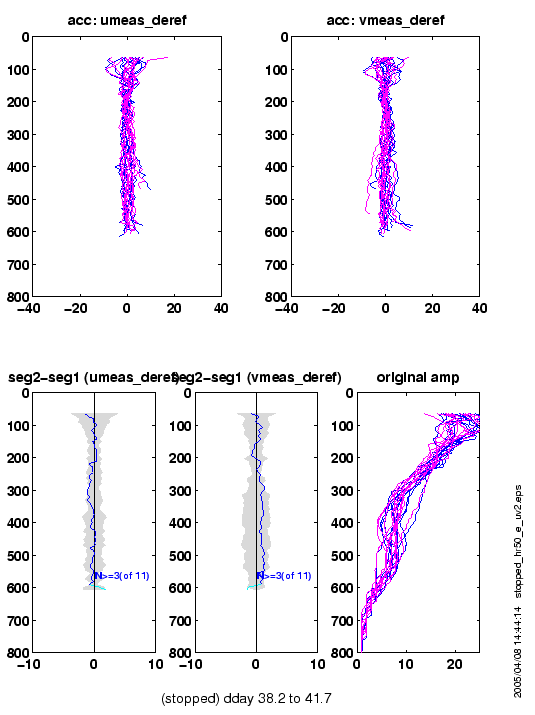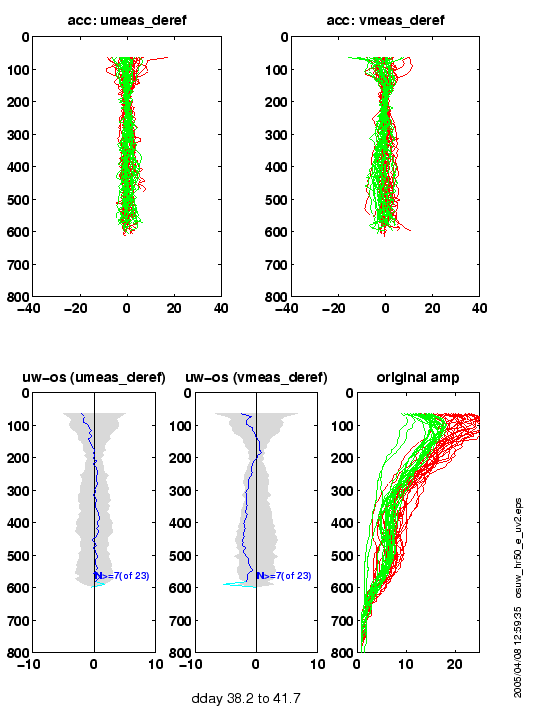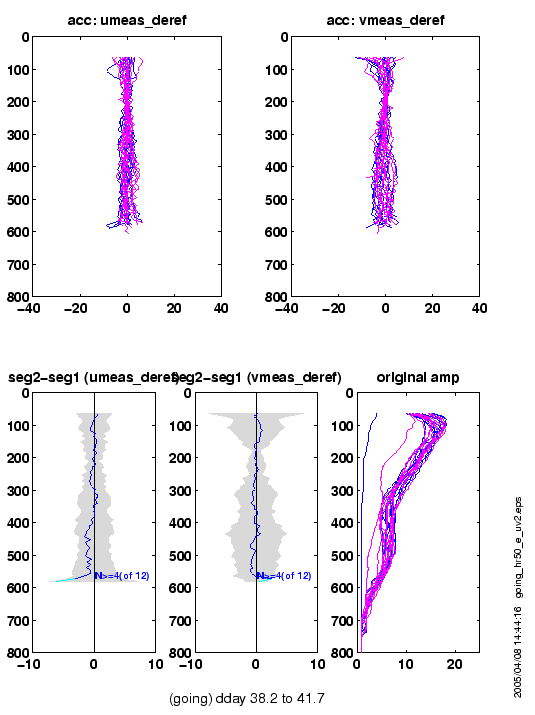- lower stddev (gray)
- pink and blue lines both on station
- middle stddev (gray)
- red lines are STOPPED
-green lines are UNDERWAY
- highest stddev (gray)
- pink and blue lines both underway
decimal
day 10-15
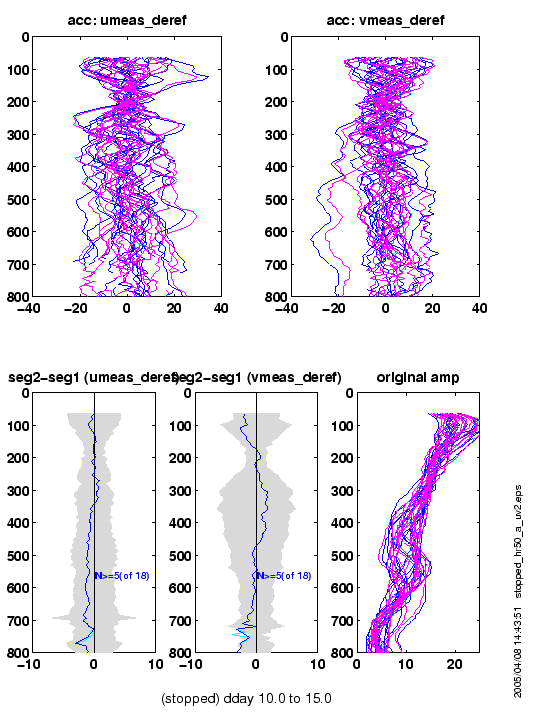


decimal
day 15-20
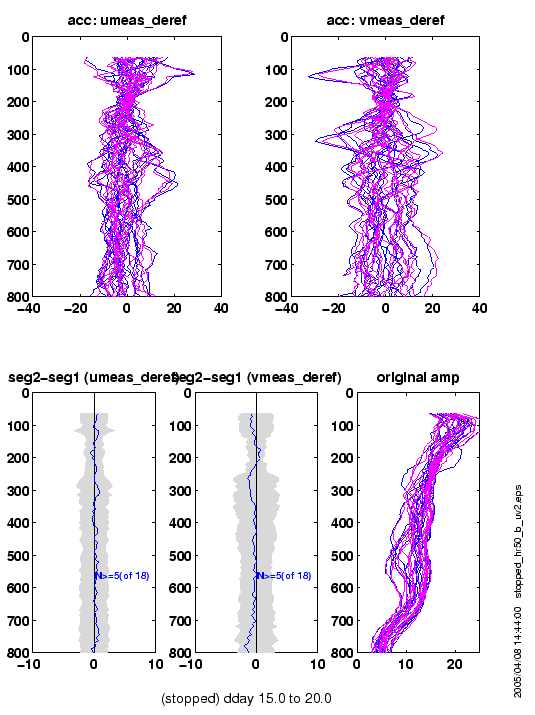

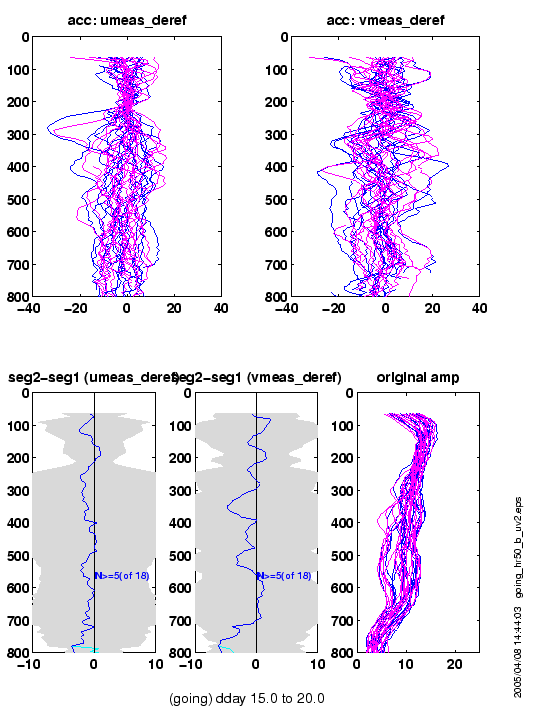
decimal
day 20-25
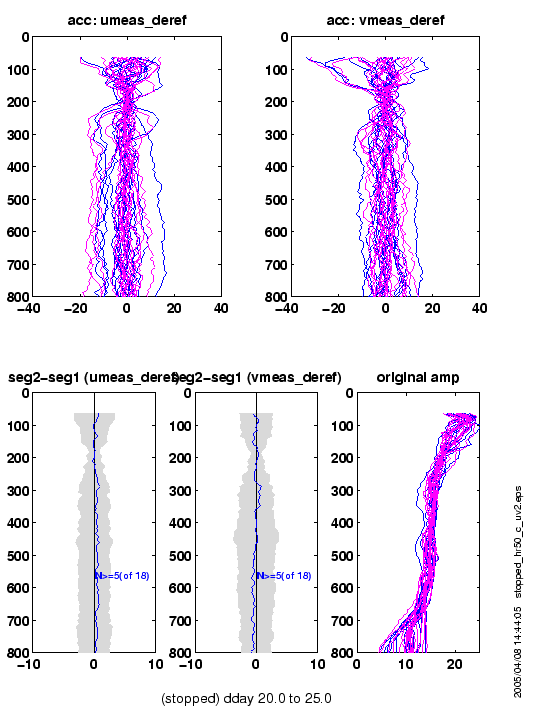


decimal
day 26-32
(bad weather, underway data trashed)

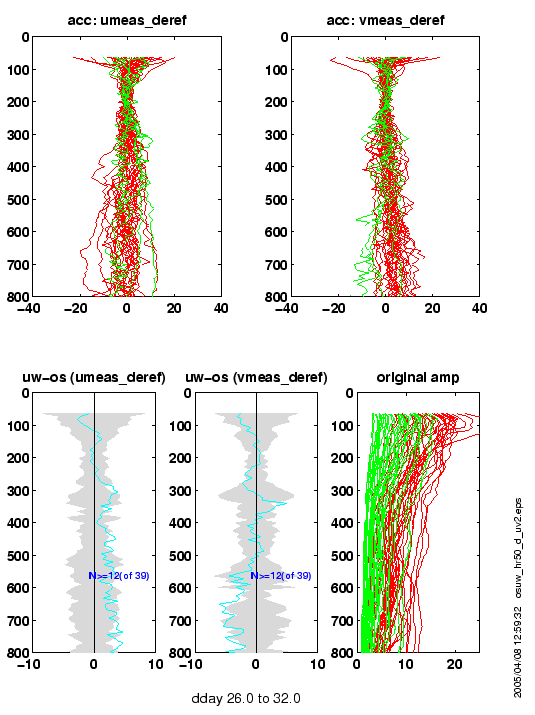
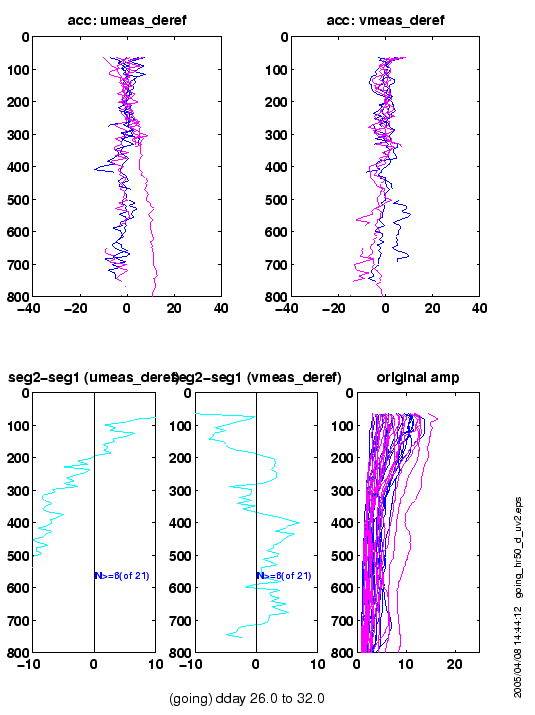
decimal
day ~38-42
